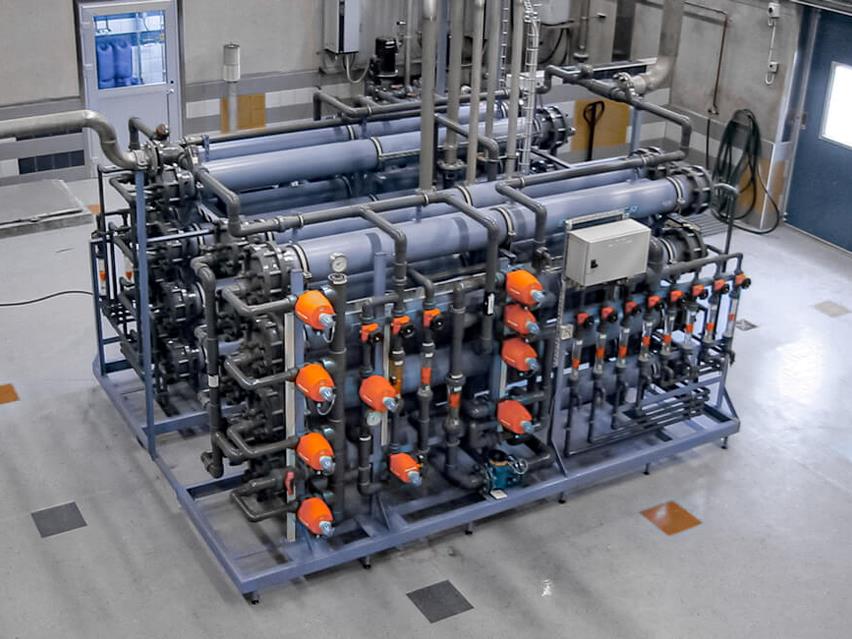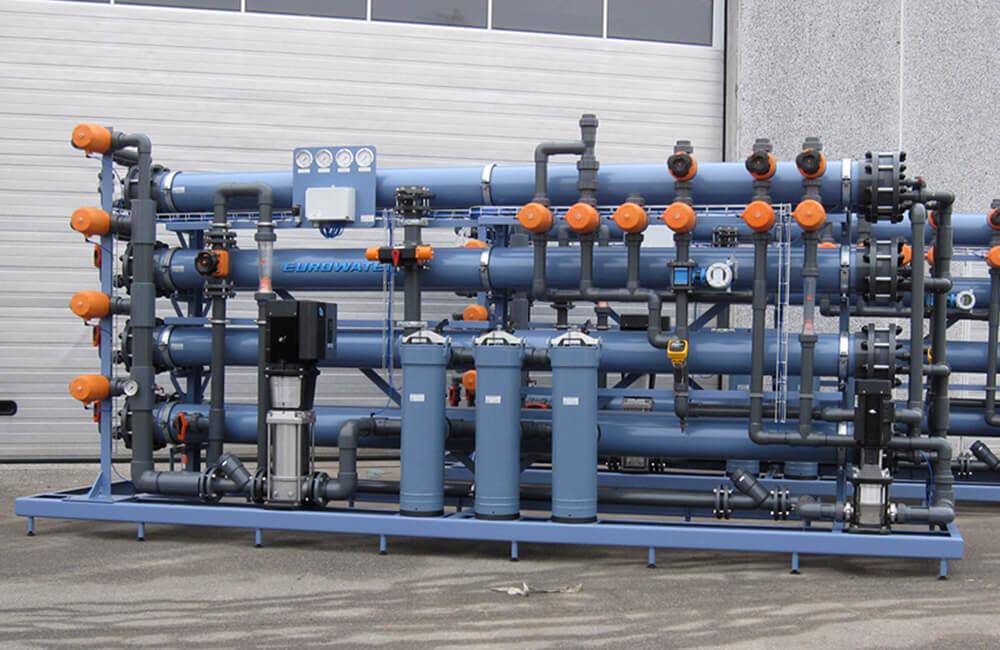
Nanofiltration for moderate retention of salt
Nanofiltration is a membrane technology, which in its mode of operation and construction is very similar to reverse osmosis. A nanofiltration membrane primarily retains divalent ions and larger molecules. When it comes to the filtration process, a nanofiltration unit is placed between reverse osmosis and ultrafiltration.
The nanofiltration units can remove contaminants such as bacteria, dissolved salts, pesticides, and proteins down to 0.001 microns in size.
Application of nanofiltration units
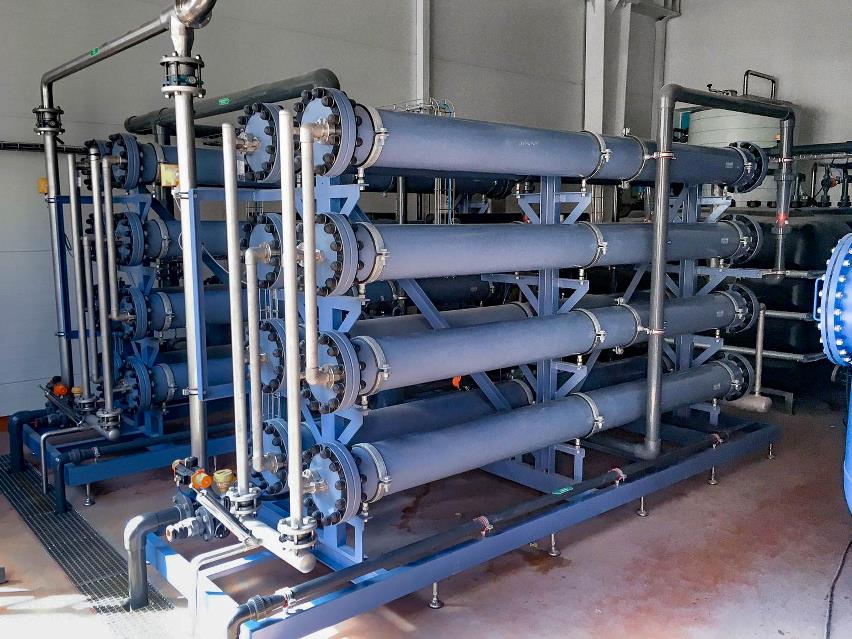
Softening
Partial softening of drinking water without use of regeneration chemical.
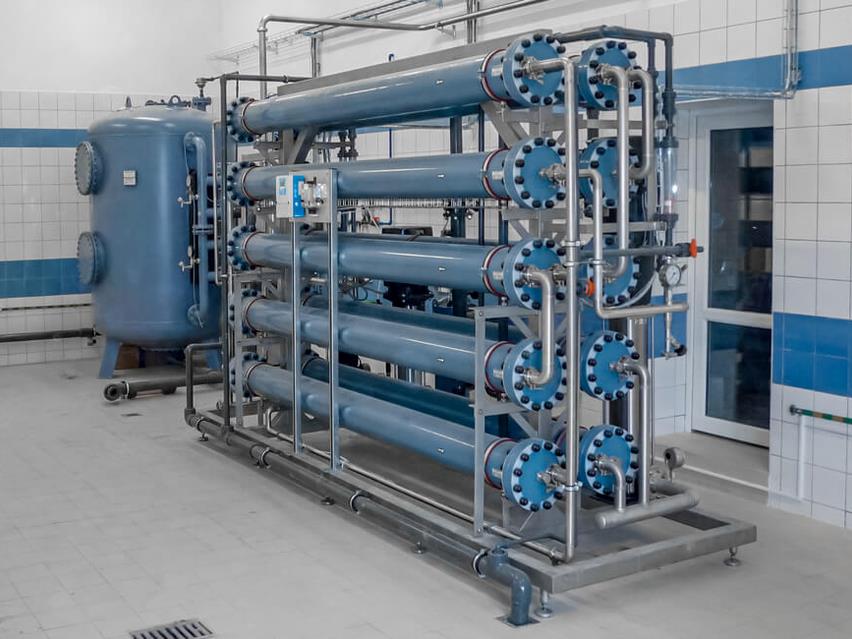
Process water
Partial softening and reduction of colour and humus from surface water in e.g. the iron and metal industry and paper mills.
When to use nanofiltration
Designed for exactly your needs
EUROWATER offers a broad product range of fully automatic nanofiltration units – based on our well-known modular standard system. This makes it possible for us to combine an optimal plant for exactly your needs.
Contact us for more information
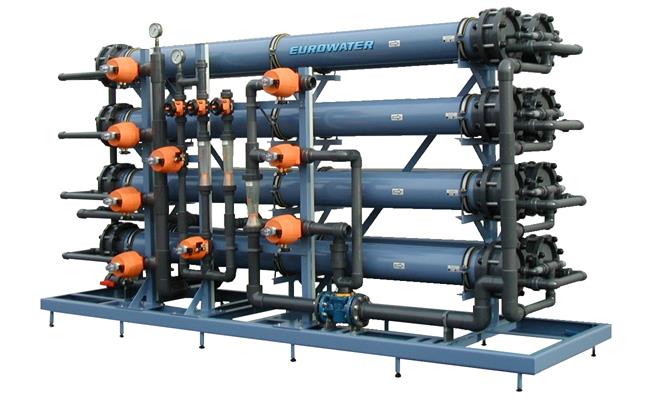
Nanofiltration or reverse osmosis?
Reverse osmosis is the finest type of filtration with a pore size of less than 1nm and a rejection of ions of more than 98%. The typical operating pressure of a reverse osmosis unit operated on tap water is 12-16 bar.
Nanofiltration is also a very fine filtration but the rejection of ions is lower compared to reverse osmosis. The typical operating pressure of a Nanofiltration unit is 4-7 bar.
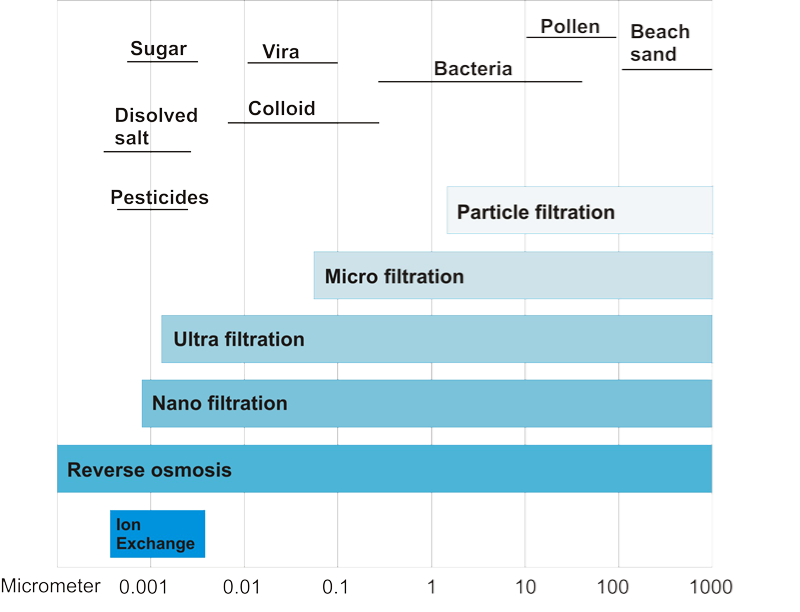
Reference
Nanofiltration used for ingredient water
A leading ice-cream company in Ukraine controls the quality of the ingredient water with two nanofiltration units.
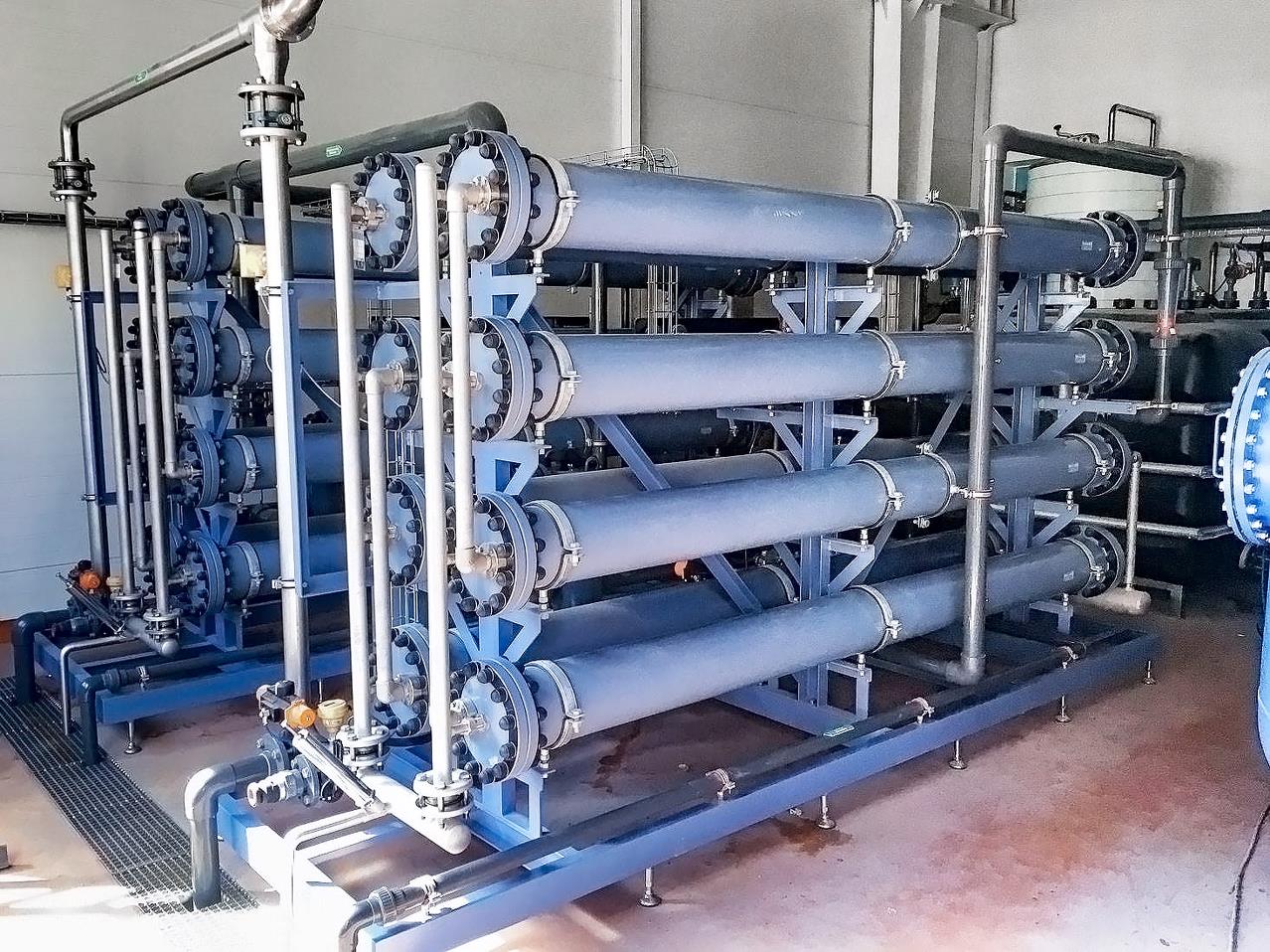
Get the optimum solution
Selection of unit depends on application, water quality, and water consumption. We are at your service to ensure the optimum solution based on our combined know-how. Fill in the form and let us get back to you.

